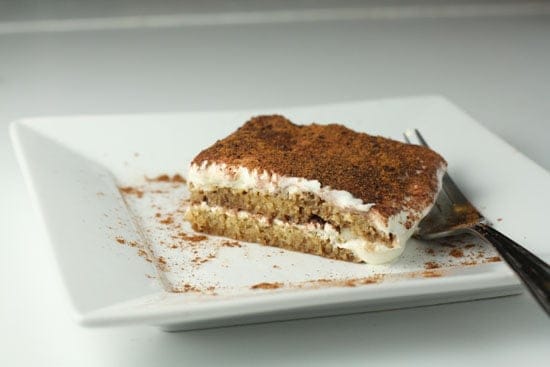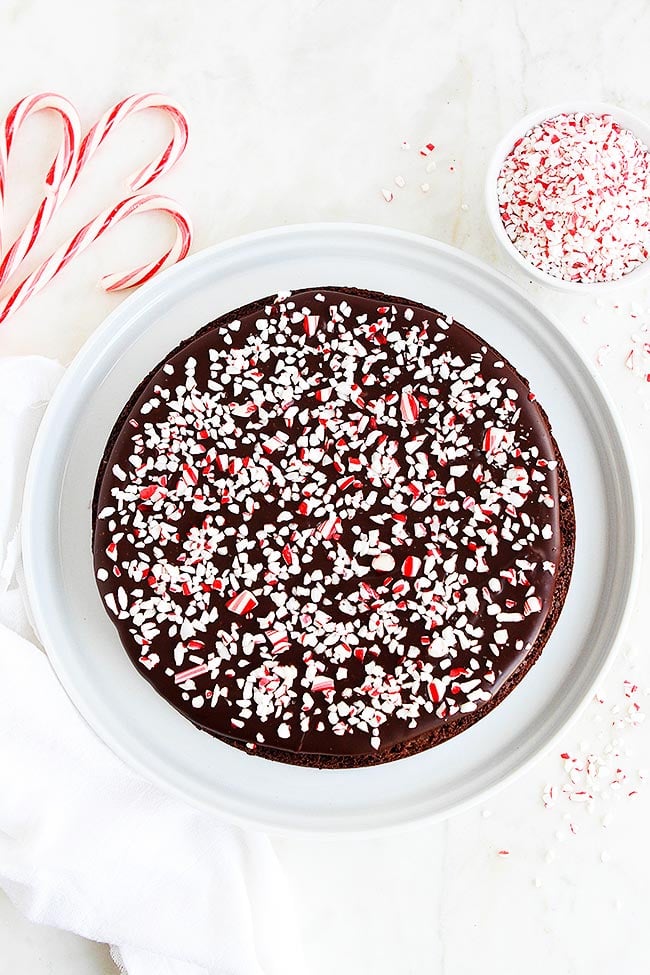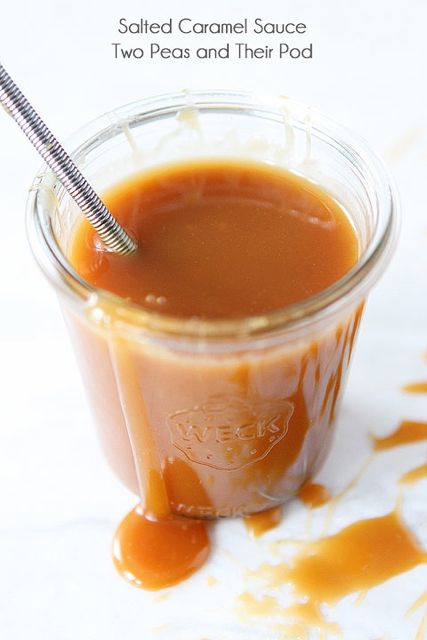Heavy Cream: Important Facts, Health Benefits, and Recipes
Explore the health benefits, uses, and history of heavy cream, along with storage tips and substitution options in our comprehensive guide to this versatile ingredient.
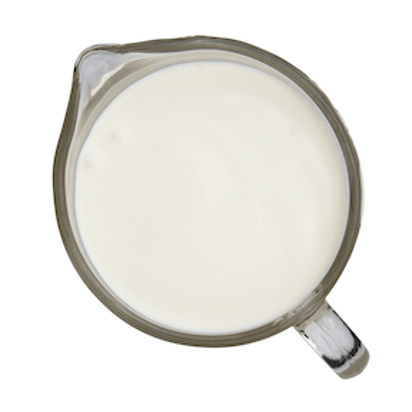
Nutritional Facts
1 tbsp
Amount per serving
Calories
51
Carbohydrates
0.4 g
Fat
5.4 g
Protein
0.4 g
Saturated Fat
3.5 g
Sodium
4 mg
Fiber
0 g
Sugar
0.4 g
Best Heavy Cream Recipes
-

-

-

-

-

-

-
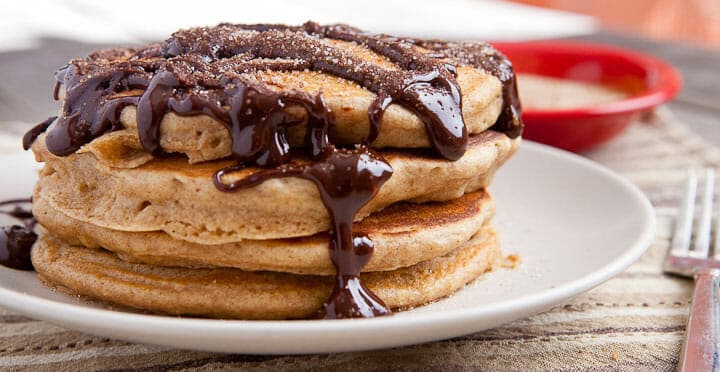
-

-
![Caramelized Onion Quiche Image]()
-
![Challah Breakfast Casserole Image]()
-
![Macheesmo Mud Image]()
-
![Summer Vegetable Carbonara Image]()
-
![Hot Crab Dip Wonton Cups Image]()
-
![Leftover Broccoli Rice Casserole Image]()
-
![Grilled Chicken Alfredo Image]()
-
![Linguine with Cream Sauce Image]()
-
![Three Egg White Cocktails Image]()
-
![Green Chile Cream of Potato Soup Image]()
-
![Shrimp and Grits Image]()
-
![Bourbon Tiramisu Image]()
-
![Homemade Chicken Tikka Masala Image]()
-
![Realistic Homemade Worms Image]()
-
![White Pizza Sauce Image]()
-
![Pasta Primavera Image]()
-
![Blueberry Scones Image]()
-
![Chicken Tikka Masala Image]()
-
![Chocolate Chip Scones Image]()
-
![Peppermint Flourless Chocolate Cake Image]()
-
![Salted Caramel Pumpkin Pie Image]()
-
![Chicken and Dumplings Image]()
-
![Chocolate Peanut Butter Brownies Image]()
-
![Chocolate Sour Cream Bundt Cake Image]()
-
![Ultimate Chocolate Cupcakes Image]()
-
![Fettuccine Alfredo Image]()
-
![Parmesan Crusted Scalloped Potatoes Image]()
-
![Strawberry Shortcake Image]()
-
![Salted Caramel Sauce Image]()
-
![Flourless Chocolate Cake Image]()
-
![Lofthouse Style Soft Sugar Cookies Image]()
-
![Blueberry Cobbler Image]()
-
![Sprinkle Chocolate Chip Cookie Cups Image]()
-
![Strawberry Chocolate Cake Image]()
-
![Chocolate Peppermint Bundt Cake Image]()
-
![Chicken Pot Pie Image]()
-
![Salted Caramel Pretzel Fudge Image]()
-
![Pumpkin Cheesecake with Brown Butter Gingersnap Crust Image]()
-
![Funfetti Cake Image]()
-
![Pumpkin Truffle Bundt Cake with Chocolate Ganache Image]()













